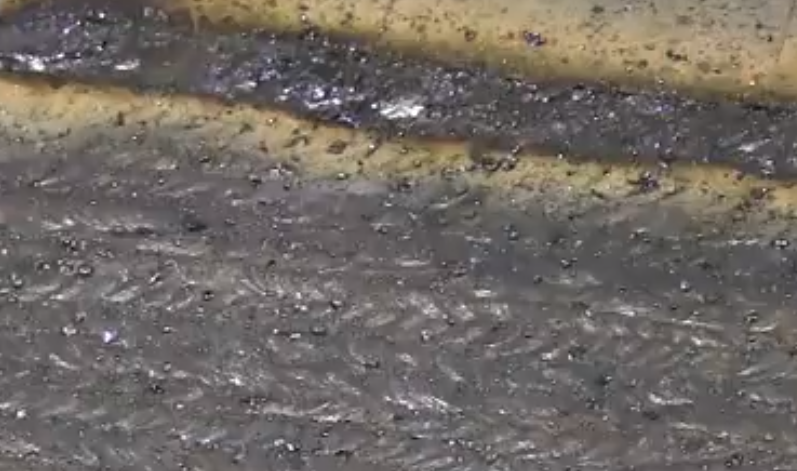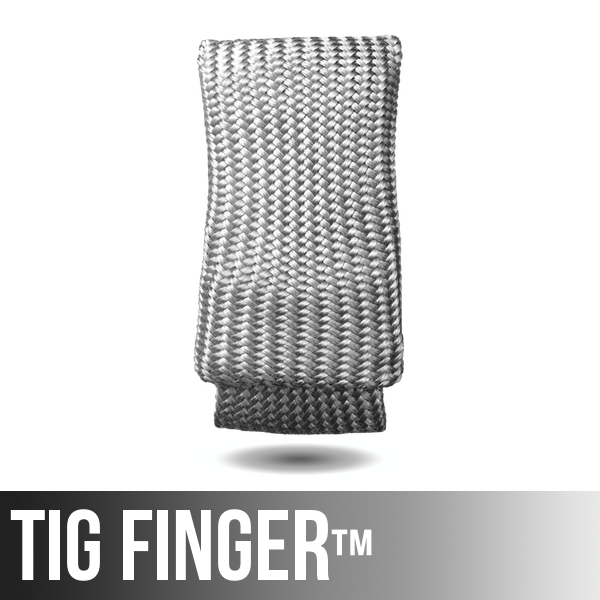Stick Skill Drill – Whip and Pause Technique
[viddler id=32c551af w=684 h=450]
| Materials Needed | 1/4”-3/8” (6mm-9mm) thick steel plate. Either cold rolled or hot rolled is ok. |
| Metal Preparation | None needed for this drill. One large piece of plate is fine approx 6″x8″ (15cm x 20cm) or use smaller pieces tack welded together |
| Machine Settings | DCEP amperage range 80-95 amps for 6010 or 6011 1/8″ (3.2mm) |
This skill drill uses a Whip and Pause technique.
The reason for Whip and Pause is that 6010 electrodes are fast freezing electrodes and the momentary whip allows the puddle to solidify a bit.
Open butt root passes use a whip and pause technique and 6010 rods so the reason for using 6010 on this skill drill is to provide lots of practice and to develop the motor skills and muscle memory involved doing whip and pause.
Essentially, the whip portion of the technique means moving the electrode ahead about 2 electrode diameters….and then moving the electrode back about 1 diameter.
So it’s a 2 steps forward, one step back type technique that makes for a distinct ripple pattern.
This is a marathon …not a sprint.
Think about CLAMS too. Current, length of arc, angle of electrode, manipulation of electrode, and speed of travel
Current – Experiment with welding current. Start at about 75 amps, run a bead and then increase 5 amps. Do this until you reach 100 amps and then select 85 amps or the amperage that seems best to you.
Length of Arc – Too long an arc causes problems so try to keep the arc equal to or shorter than diameter of electrode.
Angle of Electrode – Experiment with different rod angles but attempt to keep rod angle about 10 degrees drag angle.
Manipulation of Electrode – 2 steps forward 1 step back is the goal but try shorter motions and longer ones and pay attention to the resulting bead.
Speed of Travel – Travel speed is determined by how often you whip and pause… by how far you whip out of the puddle, and how far you come back into the puddle.







September 17, 2015 at 11:24 PM
Great post. I am experiencing a few of these issues as well..|